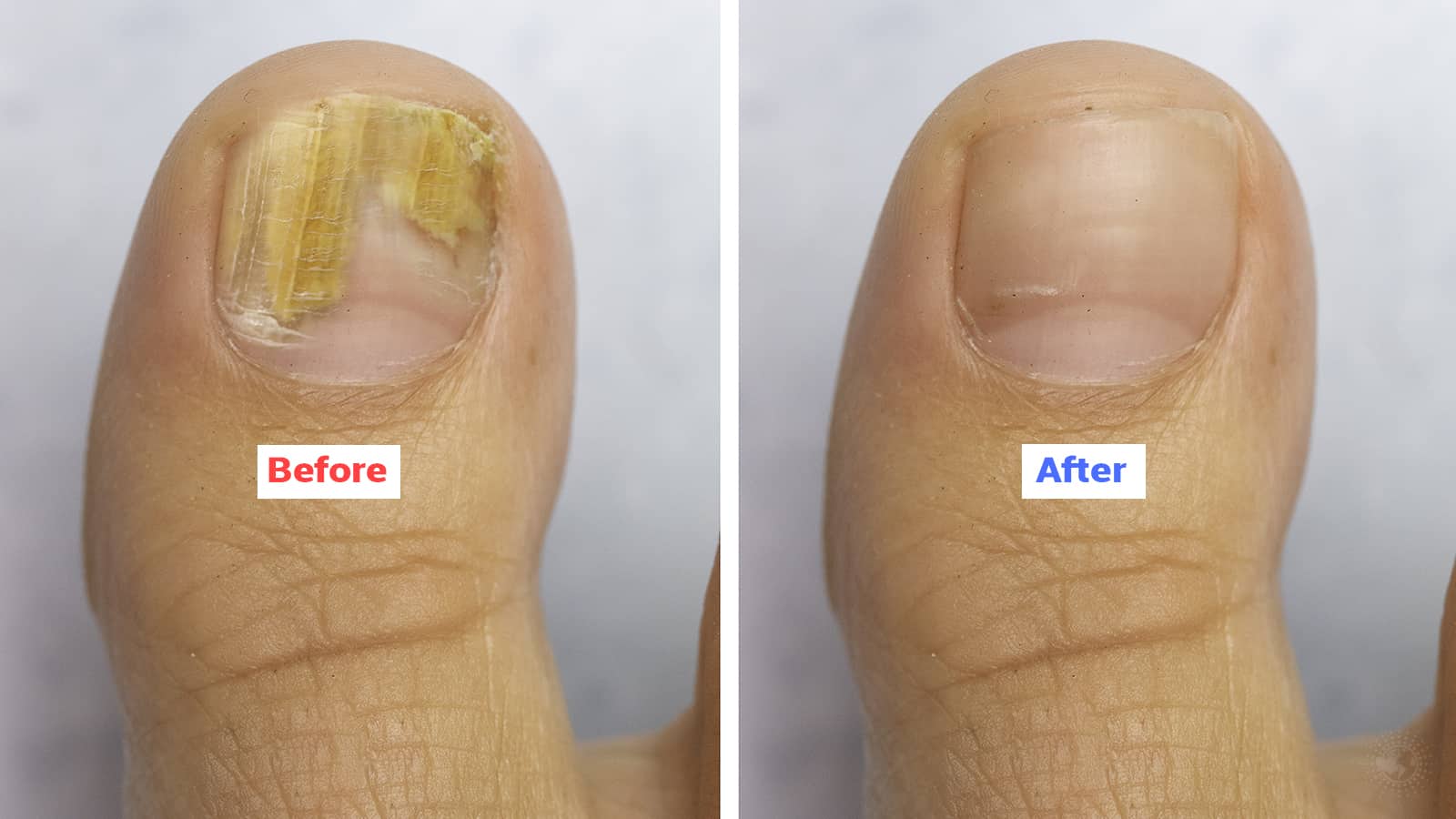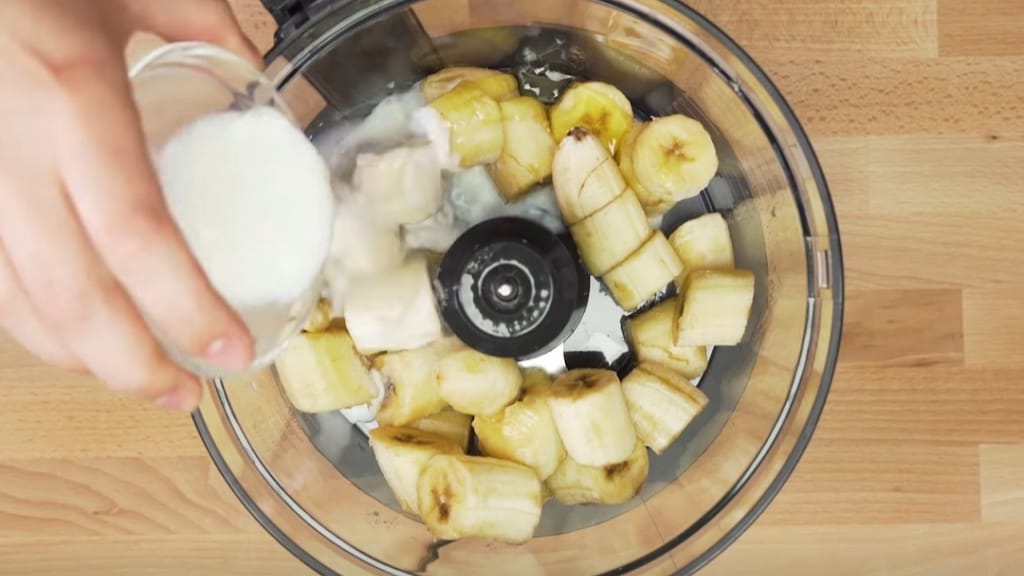What could be more satisfying than to bite into a sweet, juicy pear? Pears have a soft, buttery texture, making them unique among other fruits.
You’ll be glad to know that eating this fruit has many health benefits that make it even more delicious.
Pears are also called Pyrus and come from a tree by the same name. The next time you sink your teeth into a tasty piece of this fruit, you should consider its history. Botanists say that Pyrus trees were among the first fruits cultivated by humans. Archeological evidence points out that they are native to parts of Europe and Asia.
Pyrus belongs to the same family as the Empress of Flowers, the rose. The Latin name for the European variety is Pyrus communis, while the Asian types are called Pyrus pyrifolia. An article published by Food Print says that there are at least 3,000 species of these trees worldwide.
While North America has its bountiful share of native fruits, Pyrus trees are not one of them. Some of the earliest records of these cultivations on this continent are from the Jamestown Settlement in 1607. Later records from the Plymouth colony also list Pyrus trees from England to plant in Massachusetts.
After the Revolutionary War, New Englanders introduced these trees during the era of Western Expansion. Fortunately, these fruits did better in the warmer climates of the Western territory. Today, the Pacific Northwest supplies most of the harvest from these trees in the United States.
Popular American Pyrus Varieties
 According to a report from the Agricultural Marketing Resource Center, Americans consume approximately 6.27 pounds of pears and their products annually. Of the Pacific Northwest states that produce most of this fruit, Washington leads with 832 million pounds, according to the report.
According to a report from the Agricultural Marketing Resource Center, Americans consume approximately 6.27 pounds of pears and their products annually. Of the Pacific Northwest states that produce most of this fruit, Washington leads with 832 million pounds, according to the report.
Although these juicy fruits are renowned for their eponymous shape, some are round, like the Asian varieties. Some trees have inedible fruit and are only used for ornamental purposes.
An article from the USA Pear Organization says ten varieties are available in America. They have unique colors and shapes and have overlapping seasons that make these fruits available throughout the year. The United States also ships them to other countries.
As you wander through your local produce department or farmers market, you’ll find some lovely pears varieties. The texture and scent of these fresh fruits celebrate your senses.
Here are some delightful American types to sample:
1. Bartlett
The esteemed Bartlett comes to mind when you think of a pear and its iconic bell shape. However, the same variety is called William in Europe and other parts of the world.
Bartletts have a classic shape and are available in yellow or red varieties. They are juicy and sweet with a soft texture.
2. Anjou
This smooth variety is light green and has an oval rather than bell shape. They have a delicate flavor and scent that many people enjoy. Anjou has a crunchy texture and is available in scarlet or green.
3. Bosc
Do you enjoy using pears for yummy tarts or other desserts? Boscs have thicker skin and are ideal for cooking and baking. They are also a little more rounded and have a brownish-green hue during maturation.
4. Comice
Here’s a tasty variety round like an apple with a stubby neck and stem. They are green with a hint of blush and are one of the sweetest types. Comice is a late-harvest variety available in late summer to early spring.
5. Concord
If you want a versatile fruit for eating fresh or cooking, reach for a Concord. They have an elongated neck and have a cheerful lime green color. Their flesh is firm but juicy and satisfyingly sweet.
6. Forelle
This colorful Forelle may be one of the most miniature varieties of this fruit, but don’t let its size fool you as it’s big in flavor. Another unique thing about Forelle is that they change colors as they ripen, often green with reddish dots. Their crisp texture and tangy-sweet flavor make them ideal for eating fresh.
7. Seckel
Of all the Pyrus varieties available, this sweet baby may be the only true American native. They are delightfully small and have a juicy sweetness, making them a perfect snack. Seckel also may be canned whole.
8. Starkrimson
Thanks to the breeding work of Stark’s Nursery, this vibrant cultivar has been popular in the United States since the 1950s. They have a lusciously sweet flavor and a gentle hint of a floral aroma. If you want a fruit that is as beautiful as it is tasty, try a Starkrimson.
Here’s a delicious idea for a healthy, light lunch. Slice up a Starkrimson and mix it with a bowl of fresh baby greens. Add a few crumbles of bleu cheese or feta, and enjoy.
Try these various pear varieties to increase your daily fruit intake. According to an article published by the USDA, adults need between 1-2 cups of fruit every day. You can eat one medium pear for approximately one-half of this recommendation.
 Seven Health Benefits of Eating Pears
Seven Health Benefits of Eating Pears
Are you trying to maintain healthier eating habits? Fruits like tasty pears can be part of your plan. Here are seven healthy reasons that nutritionists recommend them.
1. They Are Versatile for Any Diet Plan
The way growing seasons overlap in the United States, you can find at least a couple of varieties of this fruit all year round. Not only do they make attractive centerpieces in a bowl, but they are a quick and healthy snack option on the go.
Just wash your favorite variety well, and you needn’t bother peeling it since many vitamins are in the skin. Chop one up for a delicious addition to your morning oatmeal or yogurt. You can also slice one for a salad or eat it for a sweet snack.
You can bake or poach them for a side dish if you choose a firm cooking variety like a Concord. They go well with light meats such as fowl and pork. A few slices of this juicy fruit, some walnuts, and a small wedge of cheese make a healthy and satisfying snack.
2. May Help with Weight Loss
Wouldn’t it be grand to have a natural food that is not only tasty and nutritious but it may help you lose weight? A study published by Food & Function found a positive link between consuming these fruits and losing weight. Since they are an excellent source of fiber and hydration, they can be an excellent addition to your weight loss plan.
3. May Be Healthy for Your Heart
If you enjoy some fresh green wonders each day, you get healthy antioxidants. These antioxidants fight free radicals that can cause cell damage. They also have anti-inflammatory properties that may help lower your cholesterol and reduce hypertension.
A heart-healthy benefit was discovered by a study published by the Journal of Agriculture and Food Industry.
4. May Lower Your Risks of Type 2 Diabetes
Maintaining a healthy diet and fitness plan can reduce your risks of developing Type 2 diabetes. When you add some of these delicious fruits to the menu, they may help your endeavors. According to a study published by the American Journal of Clinical Nutrition, these green delights contain a flavonoid that may help regulate blood sugar and reduce risks of Type 2 diabetes.
5. May Help to Prevent Cancer
There are no miracle foods that will prevent or cure cancer. However, some foods, like these fruits, may have a positive correlation. Some of their compounds demonstrate cancer-fighting properties.
In a study published by the American Journal of Epidemiology, some of this fruit’s flavonoids have a positive effect on lung cancer cells.
6. May Benefit Your Eyes
These green fruits Perhaps you’ve studied the benefits of eating carrots to boost eye health. Did you also know that these green fruits are an excellent source of lutein and zeaxanthin, which have eye health properties? According to a study published by Progress in Retinal and Eye Research, these compounds may also help prevent certain diseases of the eyes.
7. May Benefit Your Digestive Health
Do you have constipation or other digestive issues? Just a single pear has enough fiber to provide almost a fourth of your daily requirements. Plus, this fruit may benefit your gut flora, says an article published by Nutrients Journal.
Having extra fiber in your diet can help your sluggish colon. It helps flush out waste materials and keeps your bowels on a regular schedule. You won’t be likely to experience the painful gas and bloating caused by chronic constipation, either.

Final Thoughts on Adding Pears to Your Menu
Not only may an apple a day keep the doctor away, but these fruits might also. Enjoying these ancient crops can be an excellent part of your diet plan. You may soon realize that pears are becoming your favorite treat.
















